Ukrainian History and NATO – Debunking Putin’s False Claims
April 5, 2022
“I will start with the fact that modern Ukraine was entirely created by Russia or, to be more precise, by Bolshevik, Communist Russia.” –Vladimir Putin
Ukrainian culture has existed since the creation of Kyivan Rus in 882 AD, long before the formation of Moscow in 1147. During WWI, Ukraine was occupied by the Russian, Austrian-Hungarian, and Polish-Lithuanian empires. This led to the Ukrainian language and Eastern Orthodox church developing separately from Russian practices. While the Russian Empire occupied Ukraine during the late 19th century, methods of terror were used to supress Ukrainian national identity, which only caused the consolidation of a Ukrainian consciousness. The establishment of the Soviet Union led to further suppression of nationalism in Ukraine. For example, over 4.5 million Ukrainians were starved due to Stalin’s man-made famine, the Holodomor, (some estimates show up to 11 million dead). These are facts that Putin continues to disregard, maintaining that Ukranians and Russians are one in the same people, regardless of a long-established Ukrainian national identity, and his attempts to destroy it.
Putin’s claim that Ukraine was founded to be an extension of Russia insinuates that the republic of Ukraine was a creation of the Soviet Union, brushing off its extensive history prior to Russian existence.
In reality, Ukraine became an independent state in 1918, prior to the policies of Vladmir Lenin and Joseph Stalin, but was overthrown by the Bolsheviks in 1922 when a Russian provisional government in Kharkiv illegitimately declared Ukraine a Soviet State. It was the protests in Ukraine, the largest of the Soviet countries, that led to a demand of Eastern European internationality. Despite Putin’s claims, Ukrainian nationalism withstood Soviet occupation, so much so that Ukraine emerged with values set far from Russia’s ideology.

“The disintegration of our united country was brought about by the historic, strategic mistakes on the part of the Bolshevik leaders and the C.P.S.U. leadership, mistakes committed at different times in state-building and in economic and ethnic policies. The collapse of the historical Russia known as the U.S.S.R. is on their conscience.”
Putin claims that after the fall of the Soviet Union, Ukraine, along with other Soviet Republics, was manipulated into declaring independence from Moscow, despite an overwhelming number of Ukrainians from across the country voting for independence in December 1991. Ninety percent of the Ukrainian population, approximately 32 million people, voted for and achieved permanent sovereignty. Putin uses his claim to paint Ukrainian independence as illegitimate, creating further tension as Putin applies this idea to other former Soviet nations. This includes three nations, Estonia, Latvia, and Lithuania, that are now part of NATO (North Atlantic Treaty Organization) but not Ukraine, despite the country’s ambitions to secure its membership.
What is NATO? Why was it formed? Why isn’t Ukraine a member?
The North Atlantic Treaty Organization is a military alliance amongst 28 European countries and two North American countries. It was established in the aftermath of World War II to serve three purposes: deter Soviet expansion, eliminate the threat of nationalist militarism in Europe through a North American presence on the continent, and encourage political integration amongst European nations. The need for confidence in economic and military stability was present more than ever; 36 million Europeans had died in the war, food was rationed, infant mortality rates were one in four, and millions became homeless. On April 4th, 1949, Western European democracies came together to sign the North Atlantic Treaty, aimed at military cooperation and collective defense. An article of this Treaty that has recently caught the media’s attention is Article 5. Article 5 was an agreement between the new Allies stating, “An armed attack against one or more of them…shall be considered an attack against them all”. This means that following an attack on a NATO member, each ally has the responsibility to take “action as it deems necessary, including the use of armed force.” This measure allows NATO to serve as a collective security system for the countries included in the alliance. The number of participating countries has more than doubled since its initial measure of 12, maintaining an “open door policy” for aspiring members.
Despite this, there are certain political economic, and military standards that have to be met for Ukraine to gain membership:
- To uphold democracy
- To be progressing towards a market economy
- To have a civilian controlled military force
- To respect the sovereignty of nations outside of their borders
- To be compatible with other NATO forces
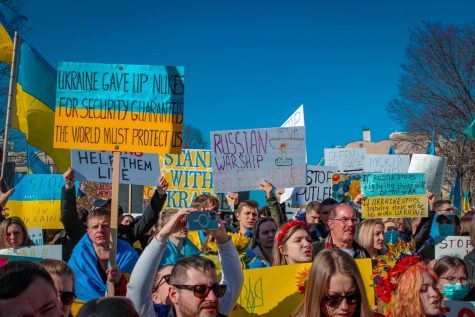
In 2008, Ukraine applied to the NATO Membership Action Plan and was pledged eventual membership without a specific time frame. In 2010, Former Pro-Russian Ukrainian President Viktor Yanukovych’s desire to remain non-aligned caused any possibility to move forward with membership to be eliminated. Yanukovych fled the country in response to national unrest, which opened the door for succeeding Ukrainian leaders to prioritize membership with tremendous popular support. Despite this, worries have arisen within some NATO members, such as France and Germany, that Ukraine is not able to take care of its political corruption and fully develop its democracy. While these former reasons for Ukraine’s exclusion from NATO played a major role, politics were another contributing factor. NATO members feared the Russian response, both real or perceived, that would come as a result of Ukraine entering the alliance and furthering NATO expansion eastward.
All of these factors have contributed to Ukraine’s exclusion from NATO, despite the country’s persistence for membership, which has only increased under Ukrainian President Volodymyr Zelensky. Zelensky has been vocal about this pursuit, stating that Ukraine is “alone in defending [its] country,” and expressing his desire for the defense that will come with NATO membership. At the same time, famously neutral countries such as Finland and Sweden have also expressed a possibility of joining the alliance, a decision that Putin warns will result in “serious military-political consequences.” If this shows anything, it is that Russia is terrified of the prospect that NATO membership could spread to Eastern Europe.
The Russian annexation of Crimea in 2014 – What occurred and how did this increase tensions?
Russia and Ukraine had an agreement to share the military port at Sevastopol, on the southwestern tip of the Crimean peninsula, where Russia’s Black Sea Fleet had been stationed, and during former Ukrainian president Viktor Yanukovych’s presidency this lease was extended. In 2014, Yanuoyvch fled Ukraine as a result of the national unrest caused by the president’s refusal to sign an agreement to form closer ties between Ukraine and the European Union. Seeing an opening, armed Russian military troops immediately began to seize government buildings in Crimea. In March 2014, a referendum was made by Crimeans, voting for the region to become a part of Russia, despite widespread opposition. This vote was seen as illegitimate by a majority of the world and the United Nations, as it violated international law and a majority of the population was restricted fair access to it. After this referendum, Putin signed the “treaty of accession,” joining Crimea into the Russian Federation, and in response economic sanctions were imposed by the European Union and the United States.
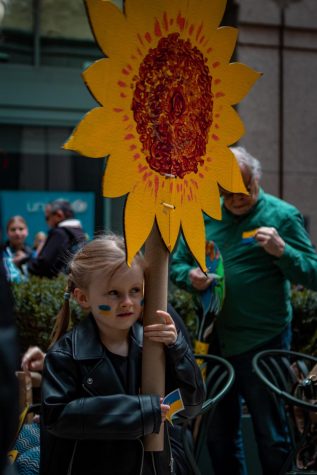
This invasion and seizure of the Crimean Peninsula by Russia was not only a threat to Ukraine but to global national security. A brutal campaign of repression against Crimean Tatars, ethnic Ukraninians, and other ethnic and religious groups in the area has been maintained. Mosques and homes have been raided by authorities, all independent media has been banned, and those who speak out against the occupation are condemned to long prison sentences. All of these factors have left the residents of the area in a constant state of fear, with the United States continuing to call for Russia to end its occupation in Crimea, returning full control of the area to Ukraine, as well as ending its aggression in Eastern Ukraine.
Kessler, G. (2022, February 23). Fact-checking Putin’s speech on Ukraine. Washington Post. https://www.washingtonpost.com/politics/2022/02/23/fact-checking-putins-speech-ukraine/
King, N., Bryan, M., & Katz, L. (2022, February 25). What you need to know about the history of Ukraine. Vox. https://www.vox.com/22950915/ukraine-history-timothy-snyder-today-explained
Fisher, M. (2022, February 24). Putin’s Speech, Annotated: A Close Look at the Russian Leader’s Ukraine Address. The New York Times. https://www.nytimes.com/2022/02/23/world/europe/putin-speech-russia-ukraine.html
Wong, E., & Jakes, L. (2022, March 16). NATO Won’t Let Ukraine Join Soon. Here’s Why. The New York Times. https://www.nytimes.com/2022/01/13/us/politics/nato-ukraine.html
Snodgrass, E. (2022, March 1). Why isn’t Ukraine already in NATO? Here’s what it takes to join the 30-country alliance. Business Insider. https://www.businessinsider.in/politics/world/news/why-isnt-ukraine-already-in-nato-heres-what-it-takes-to-join-the-30-country-alliance/articleshow/89915085.cms
“There is no Ukraine”: Fact-Checking the Kremlin’s Version of Ukrainian History. (2020, September 30). LSE International History. https://blogs.lse.ac.uk/lseih/2020/07/01/there-is-no-ukraine-fact-checking-the-kremlins-version-of-ukrainian-history/
Foreign, Commonwealth & Development Office. (2021, March 4). Seventh anniversary of Russia’s illegal annexation of Crimea: UK statement. GOV.UK. https://www.gov.uk/government/speeches/seven-years-of-illegal-occupation-of-crimea-by-the-russian-federation-uk-statement
Heilman, G. (2022, February 27). Where is Crimea, who does it belong to and what happened in 2014 between Russia and Ukraine? AS.Com. https://en.as.com/en/2022/02/27/latest_news/1645973678_162970.html
Crimea Is Ukraine. (2021, February 26). United States Department of State. https://www.state.gov/crimea-is-ukraine/




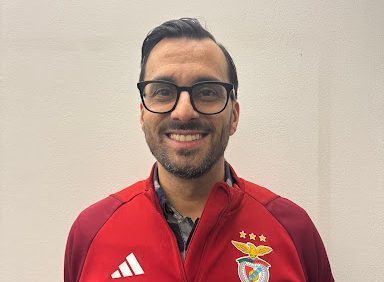






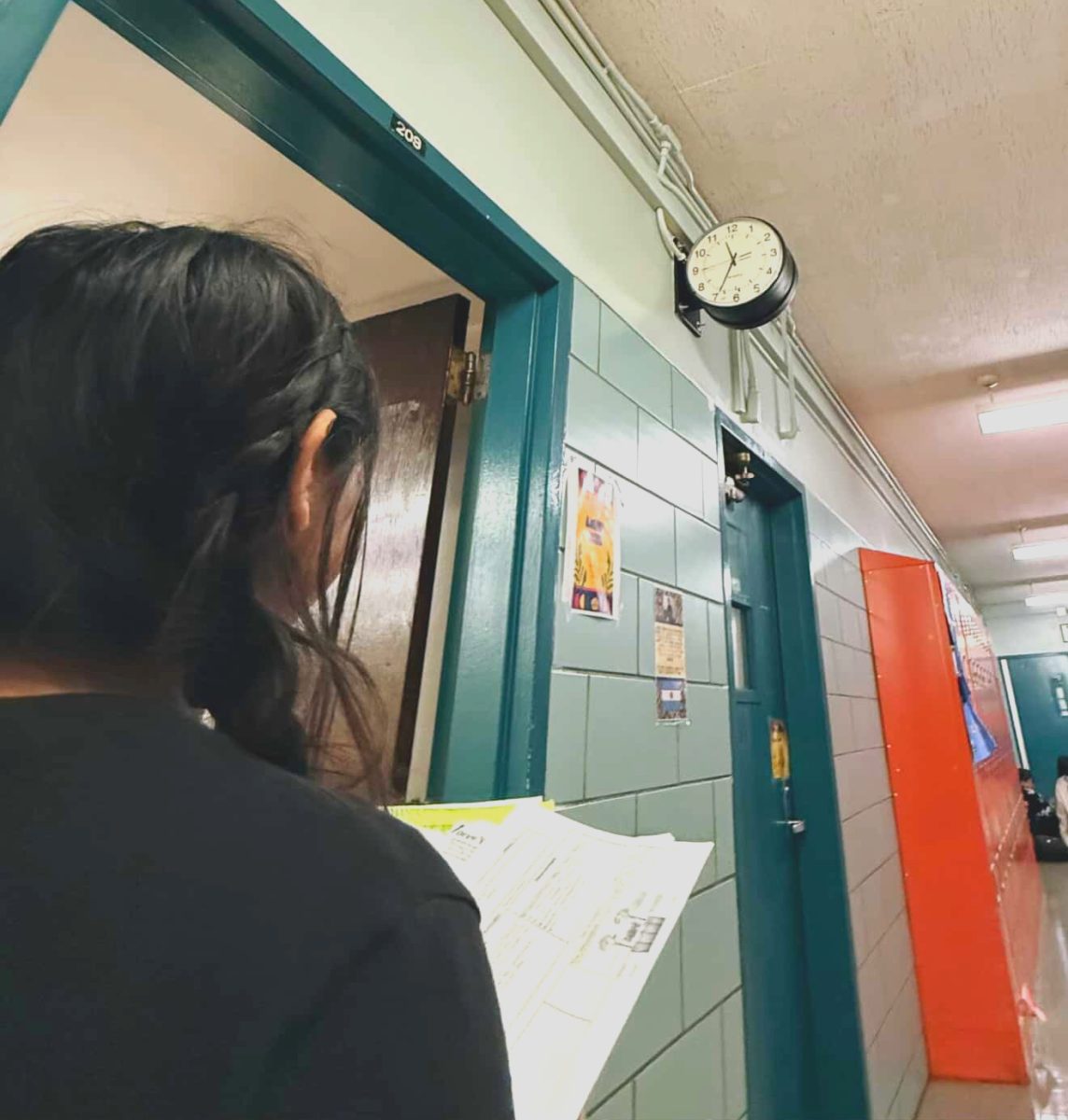

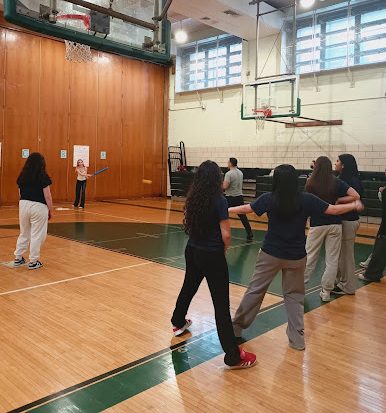

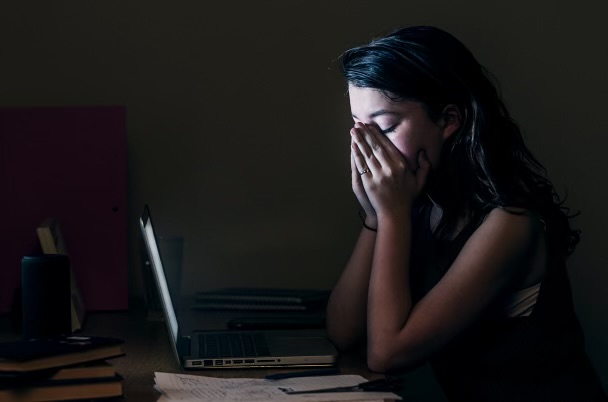






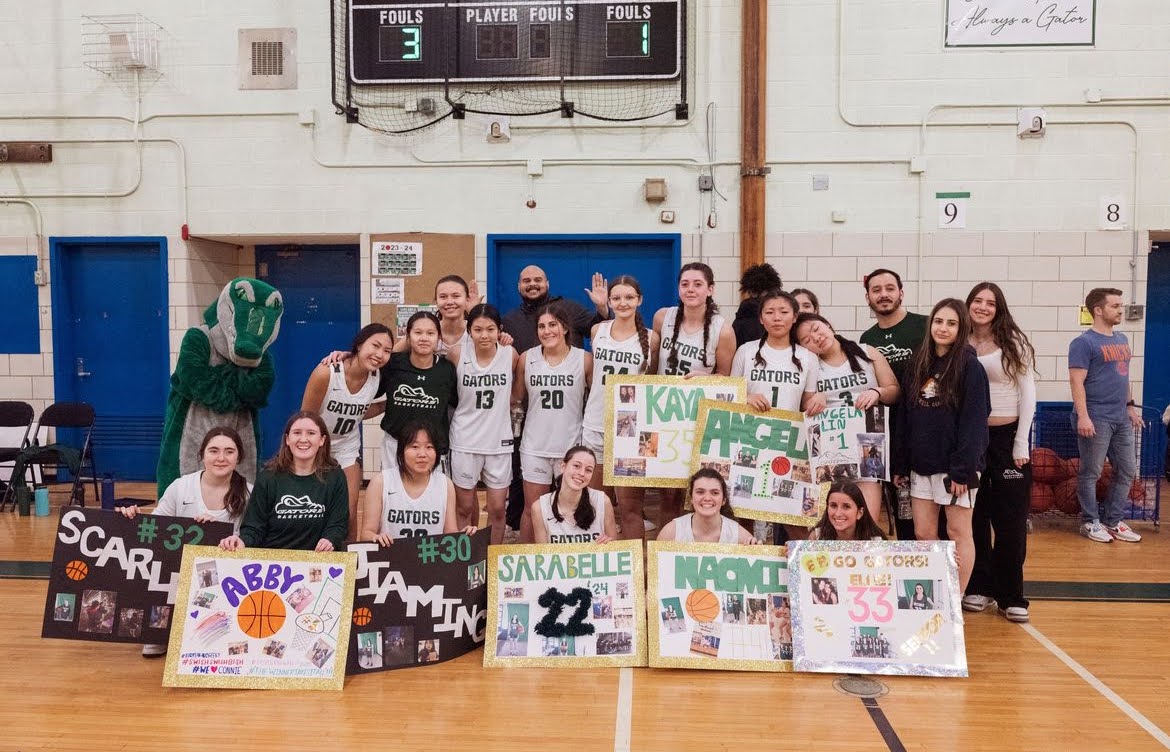


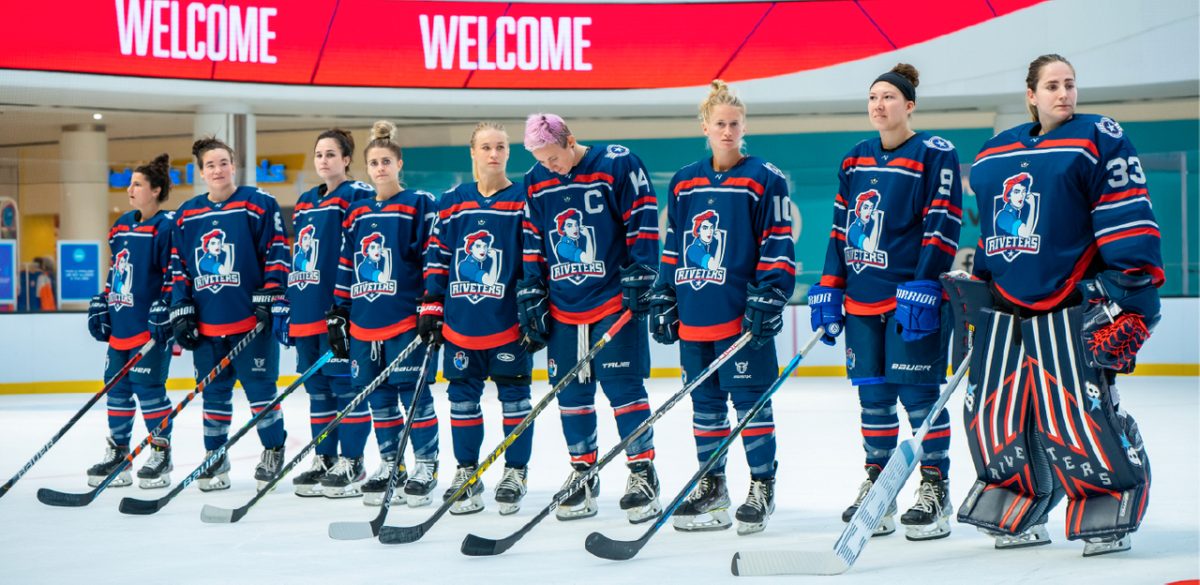
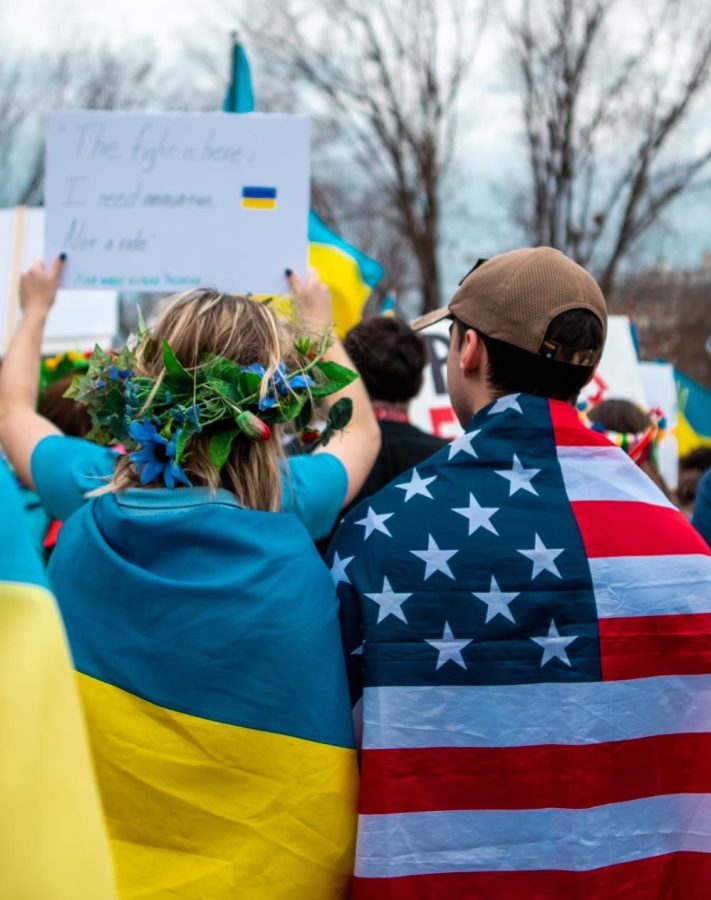
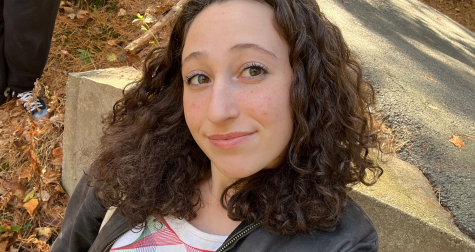
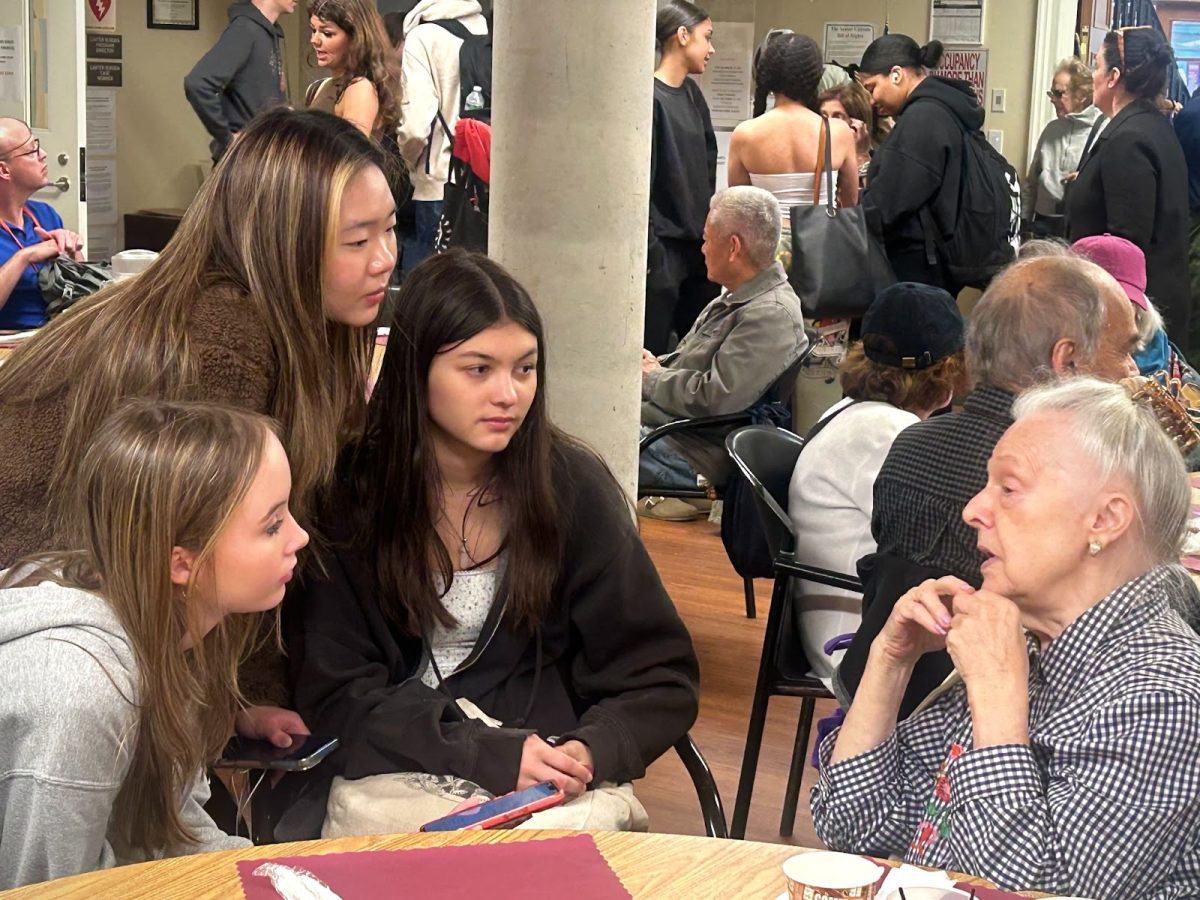
Kyle' stallings • Apr 7, 2022 at 10:29 am
Nice article
Gloria Strettell • Apr 7, 2022 at 10:24 am
i thought this was really interesting!!
Liam Lam • Apr 7, 2022 at 10:22 am
When you said compatibility with NATO forces, did you mean using similar weapons systems and calibers, or a similar military organization?